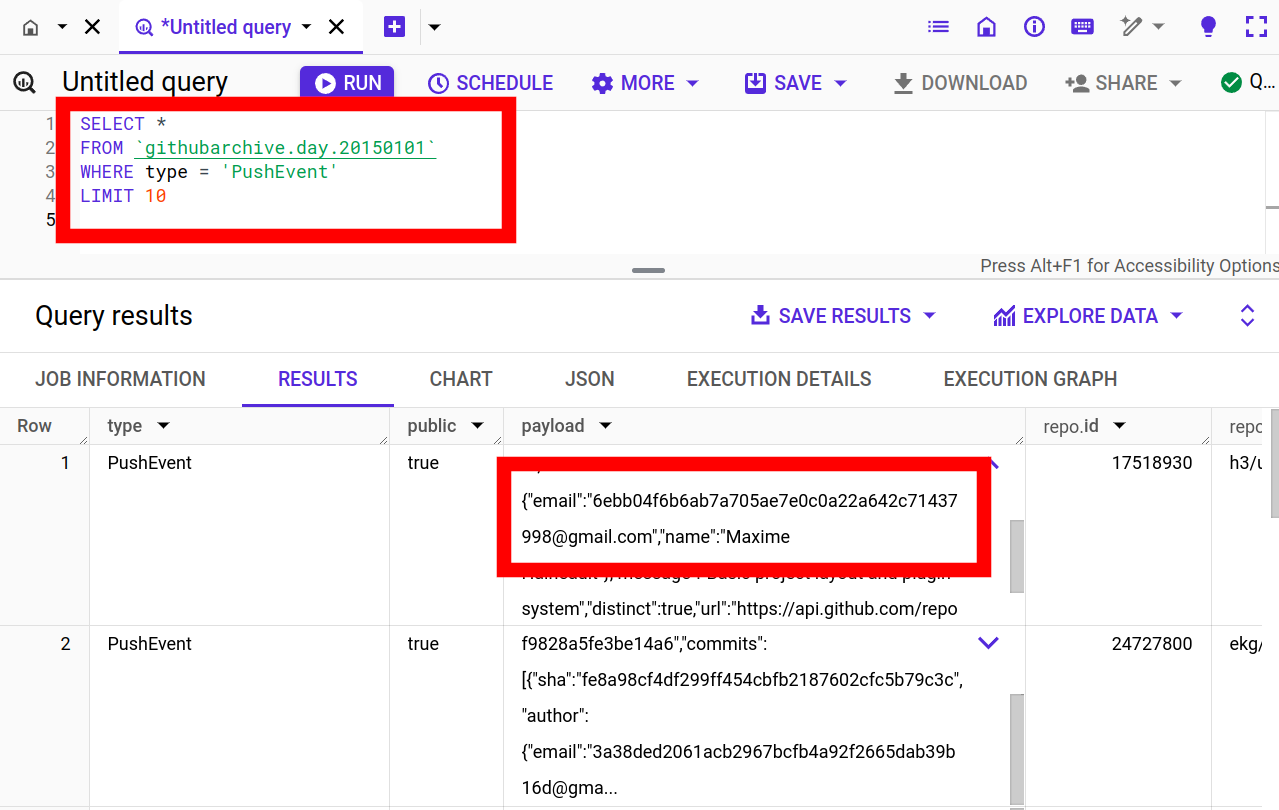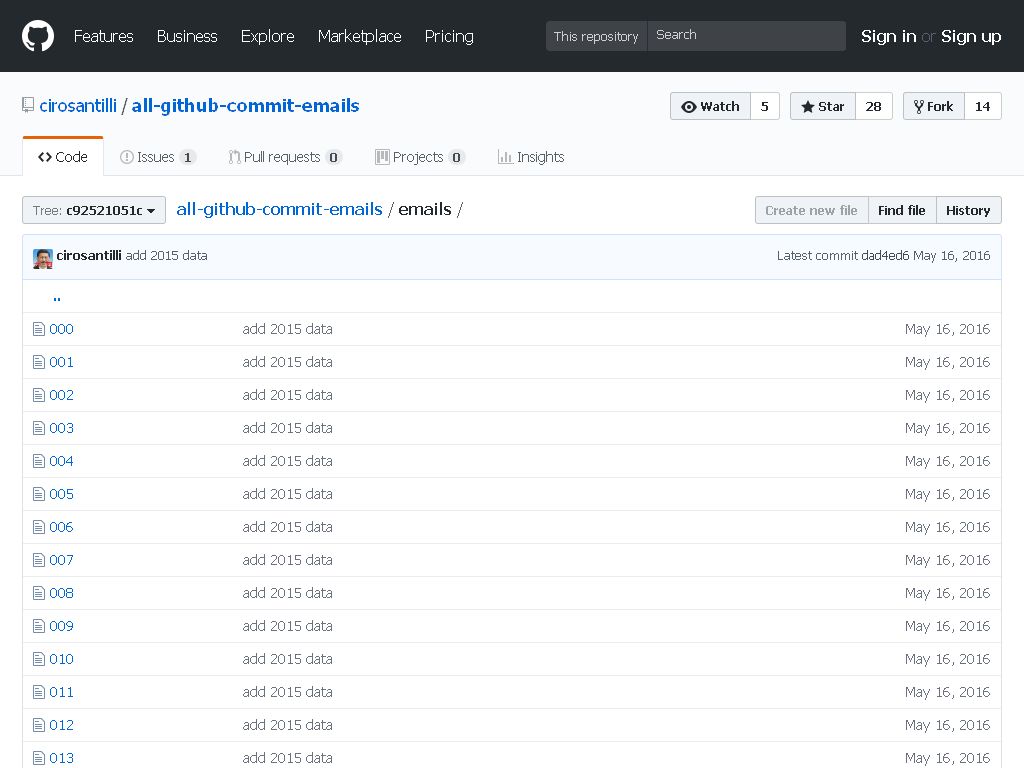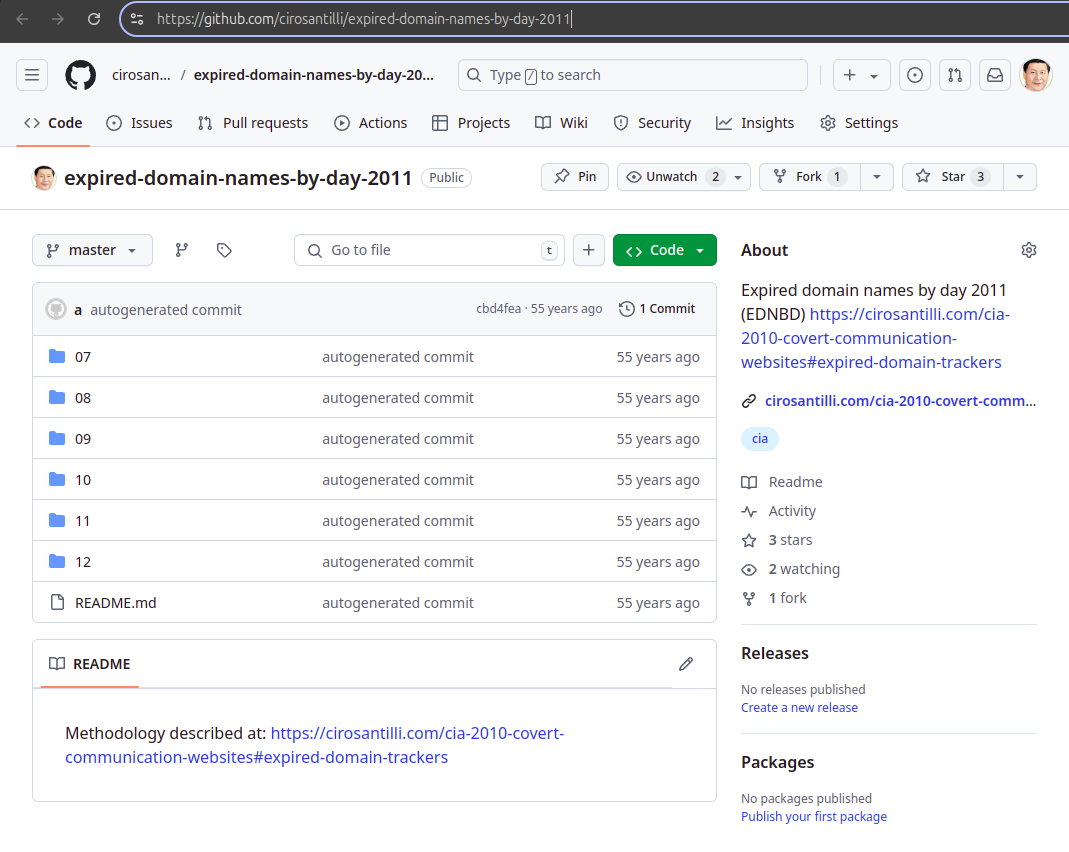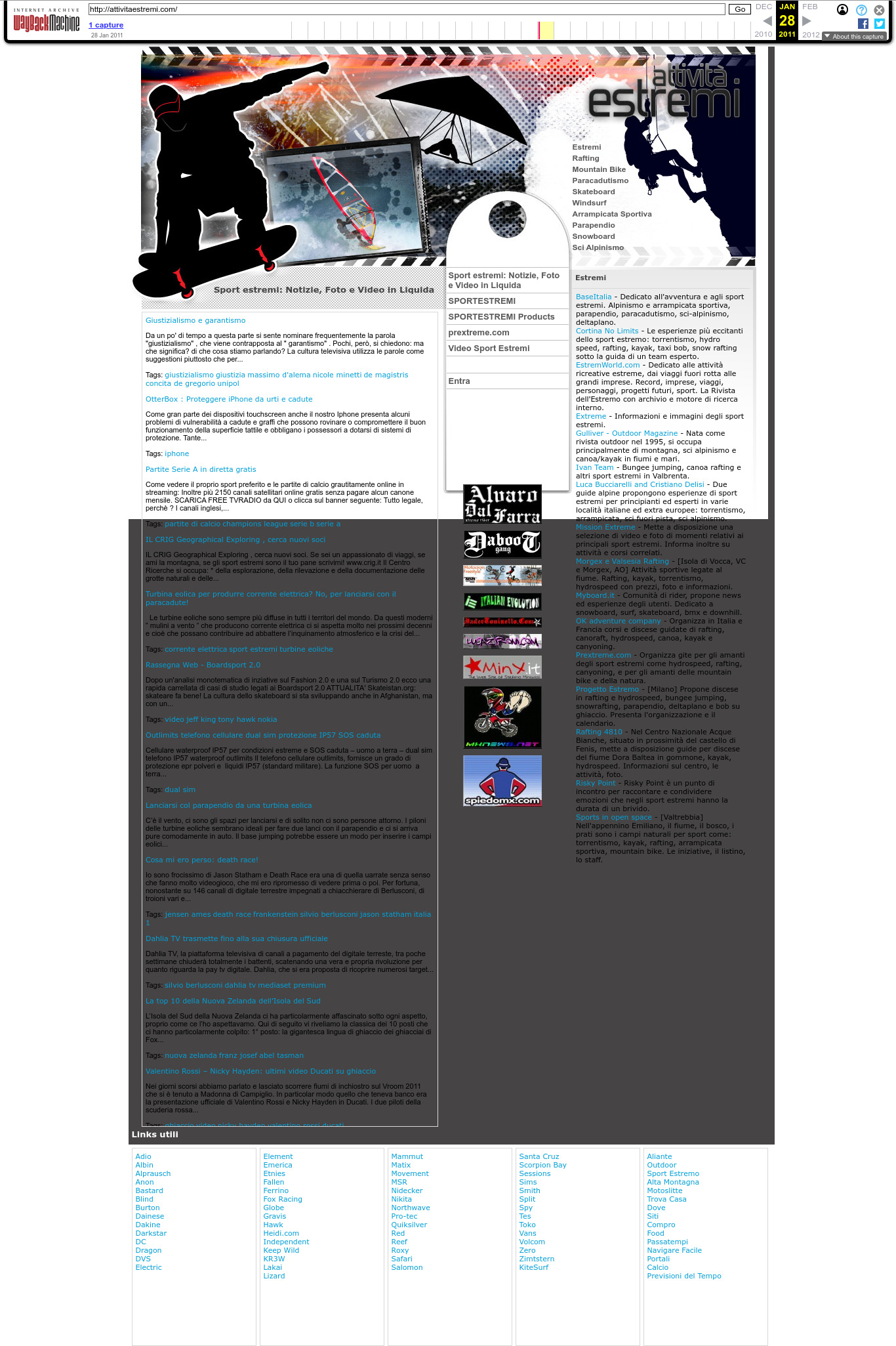Aratu Week 2024 Talk by Ciro Santilli: My Best Random Projects All GitHub commit emails by  Ciro Santilli 37 Created 2024-09-15 Updated 2025-07-16
Ciro Santilli 37 Created 2024-09-15 Updated 2025-07-16
Updates Relationship between the Falun Mine and the discovery of new chemical elements by  Ciro Santilli 37 Created 2024-09-15 Updated 2025-07-16
Ciro Santilli 37 Created 2024-09-15 Updated 2025-07-16
- some cool chemical discoveries have been made with a relation to the mine, notably tantalum and selenium, added a section to Wikipedia: en.wikipedia.org/w/index.php?title=Falun_Mine&oldid=1245374294#Discovery_of_new_elements I used the book discovery Of The Elements by Mary Elvira Weeks as my primary reference.
- it is the Chinese version of the Scunthorpe problem due to a naming conflict with Falun Gong, a censored new religion that was banned in China
Announcements:
Updates Does copyright transfer of papers to publishers affect when the paper enters the public domain? by  Ciro Santilli 37 Created 2024-09-15 Updated 2025-07-16
Ciro Santilli 37 Created 2024-09-15 Updated 2025-07-16
academia.stackexchange.com/questions/213576/do-copyright-transfer-of-papers-to-publishers-affect-when-the-paper-enters-the-p Do copyright transfer of papers to publishers affect when the paper enters the public domain since copyright belongs to a corporation and not persons?
This dude is the best.
Alec Guinness Interview on Parkinson Talk Show about Star Wars 1977
. Source. George Lucas just orally gave him away an extra 0.5% on top of his 2% of the revenue one day before the release. Then later on when asked for written proof, he lowered it to 0.25%.
What an interview. The way he carries himself. The way he speaks. It's so charming!!!
First postulated by Einstein in 1917 on his paper Zur Quantentheorie der Strahlung" ("On the Quantum Theory of Radiation") as a more elegant way to rederive Planck's law as part of the Einstein coefficients framework.
At that time there was no other physical evidence supporting the existence of the concept except that it looked more elegant.
Bibliography:
Blitzscaling 18: Brian Chesky on Launching Airbnb and the Challenges of Scale
. Source. Aratu Week 2024 Talk by Ciro Santilli: My Best Random Projects I scraped them and uploaded to GitHub repos, 2011 - 2022, 20-30 M entries / year by  Ciro Santilli 37 Created 2024-09-06 Updated 2025-07-16
Ciro Santilli 37 Created 2024-09-06 Updated 2025-07-16
The History of the Laser by Mario Bertolotti by  Ciro Santilli 37 Created 2024-09-06 Updated 2025-07-16
Ciro Santilli 37 Created 2024-09-06 Updated 2025-07-16
Aratu Week 2024 Talk by Ciro Santilli: My Best Random Projects Chinese expired domain trackers: another valuable domain data dump by  Ciro Santilli 37 Created 2024-09-06 Updated 2025-07-16
Ciro Santilli 37 Created 2024-09-06 Updated 2025-07-16
0000o.com
001cssf.com
001techan.com
0061hs-0351xc-g305h.net
006979.com
006h4g-054hs-6504ga.net Aratu Week 2024 Talk by Ciro Santilli: My Best Random Projects Cheeky fuzzy fingerprint: the domain name contains  Ciro Santilli 37 Created 2024-09-06 Updated 2025-07-16
Ciro Santilli 37 Created 2024-09-06 Updated 2025-07-16
news by They really screwed up there:
$ jq <hits.json '.[].host' | wc
361 361 7777
$ jq <hits.json '.[].host' | grep news | wc
129 129 2809 Aratu Week 2024 Talk by Ciro Santilli: My Best Random Projects Italy by  Ciro Santilli 37 Created 2024-09-06 Updated 2025-07-16
Ciro Santilli 37 Created 2024-09-06 Updated 2025-07-16
Aratu Week 2024 Talk by Ciro Santilli: My Best Random Projects France by  Ciro Santilli 37 Created 2024-09-06 Updated 2025-07-16
Ciro Santilli 37 Created 2024-09-06 Updated 2025-07-16
There are unlisted articles, also show them or only show them.




